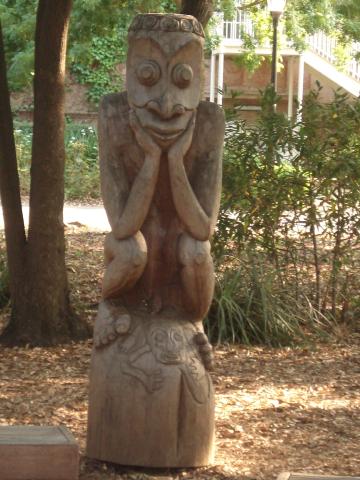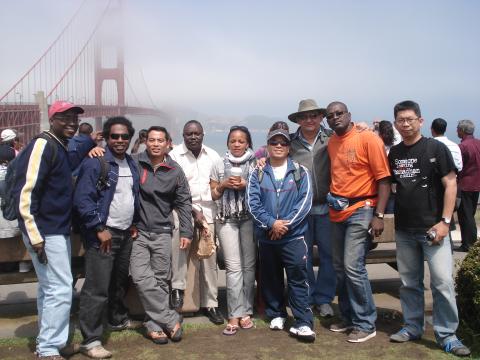USA
Conservation Strategy Fund offered its 12th annual international training course, Economic Tools for Conservation, at Stanford University from August 9 -20, 2010. Over the last decade this course has become recognized as the premier applied economics training event for conservation professionals from the developing world. During the comprehensive two-week session, participants learned to use economics to be more strategic and successful in their conservation work. Participants studied natural resource and environmental economics, practiced communication and negotiation techniques, and got hands-on experience with cost-benefit analysis. This course was presented in partnership with the Center for Conservation Biology at Stanford University.
Program
The course covered the following subjects:
Microeconomics
Market theory: supply, demand, market equilibrium, and competition.
Why markets are inefficient when it comes to environmental protection.
Natural Resource Economics
Capital theory
Renewable and non-renewable resource extraction, markets, and policy trends.
Environmental Economics
How economists place monetary values on the environment.
How these methods are best used in developing countries.
Identifying opportunities and barriers for payments for environmental services.
Negotiation and Simulation Exercises
Exercises and instruction focused on policy negotiation skills.
Cost-Benefit Analysis
Case studies evaluating the economic feasibility of small-scale and large-scale projects, including incorporation of externalities and sensitivity analysis.
Communication
Effective strategies for presenting economic analysis results.
Instructors
Economic Tools for Ecosystem Conservation is taught by experts in environmental economics who also have extensive field experience and understand real-world conservation challenges. They are drawn from several leading academic and international institutions including Stanford University, Wellesley College, the World Bank, and Duke University. Additional instruction is delivered by CSF staff.
Location
The course was held on the Stanford University campus in Stanford, California. Situated in the heart of Silicon Valley, Stanford is 25 miles from San Francisco and close to downtown Palo Alto. The beautiful 8,000-acre campus is surrounded by rolling oak woodlands and provides numerous opportunities for outdoor recreation. All course activities took place at Stanford, with field trips in the surrounding area.



